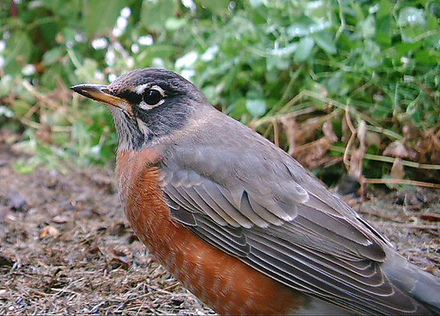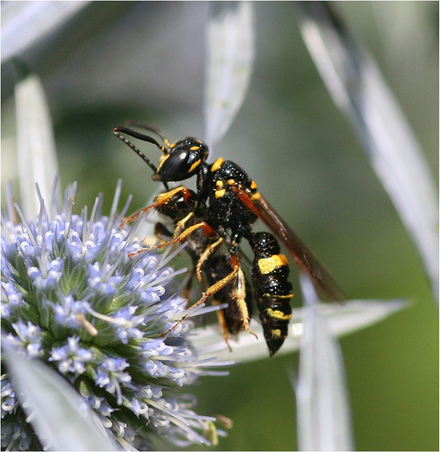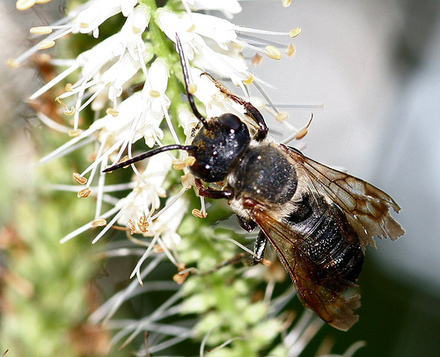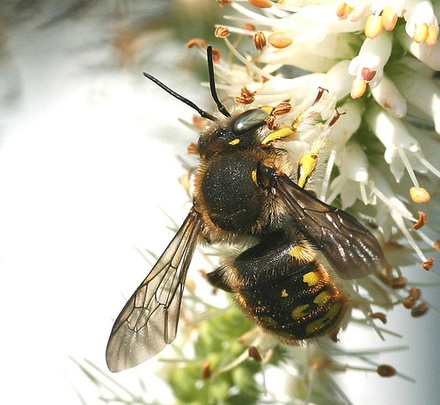 The overpopulation of certain species, whether native or not, can cause problems. When these species are appealing to the public, their control becomes an even bigger challenge. Previously, I discussed these issues in regards to White-tailed Deer and Mute Swans. We can finish of the hat trick with the problems surrounding resident, or Giant, Canada Geese (Branta canadensis maxima), the largest of seven subspecies (four other subspecies are now considered a distinct species complex, Cackling Goose, Branta hutchinsii).
The overpopulation of certain species, whether native or not, can cause problems. When these species are appealing to the public, their control becomes an even bigger challenge. Previously, I discussed these issues in regards to White-tailed Deer and Mute Swans. We can finish of the hat trick with the problems surrounding resident, or Giant, Canada Geese (Branta canadensis maxima), the largest of seven subspecies (four other subspecies are now considered a distinct species complex, Cackling Goose, Branta hutchinsii).
 After the early 1900s, when Canada Goose populations became depleted by hunting and other pressures, this race of goose was re-introduced into many areas to bolster their numbers. It is an example of a wildlife program that was way too successful. Just over the last 10 years, the populations of resident Canada Geese have grown at 1 to 5% a year, with 1 million birds in the Atlantic Flyway and 1.6 million in the Mississippi Flyway. The map (click to enlarge) is from the Mississippi Flyway Giant Canada Goose Management Plan (PDF) and shows the hotspots of breeding Giant Canada Geese in the Mississippi Flyway as of 1995.
After the early 1900s, when Canada Goose populations became depleted by hunting and other pressures, this race of goose was re-introduced into many areas to bolster their numbers. It is an example of a wildlife program that was way too successful. Just over the last 10 years, the populations of resident Canada Geese have grown at 1 to 5% a year, with 1 million birds in the Atlantic Flyway and 1.6 million in the Mississippi Flyway. The map (click to enlarge) is from the Mississippi Flyway Giant Canada Goose Management Plan (PDF) and shows the hotspots of breeding Giant Canada Geese in the Mississippi Flyway as of 1995.
The map shows their affinity for urban areas, with their expanses of turf grass and retention ponds, which is perfect goose habitat. Compared to other subspecies, Giant Canada Geese reach sexual maturity earlier, have larger clutches and better nesting success, and higher survival rates. The easy access to food sources and reduced predation in urban areas are in part responsible for the success of the geese and their exploding populations.
This many geese are bound to cause problems, especially in populated areas. These are primarily of the nuisance variety, in which golf courses, parks, and lawns get peppered with goose poop, to the tune of a half pound of turds per goose per day. This has the potential to contaminate water, but is mostly just gross and unsanitary to walk in. More than a nuisance is the potential safety hazard of geese at airports. Ecological ramifications include overgrazing of natural vegetation (and crop damage) and related soil erosion, fish-killing algal blooms due to fecal nutrient overload and/or oxygen depletion in ponds and shallow lakes, and out-competing other waterfowl for food and nesting places. Finally, one overlooked but serious issue is that wildlife managers have had to spend increasing amounts of time and resources trying to cope with resident Canada Goose problems at the expense of other natural resource initiatives.
Managing urban geese tends be on a property-by-property basis, and these measures tend to be fairly anemic. Harassment techniques, including using trained dogs to chase geese, require a great deal of effort (and/or money), and must be continually employed to modify the behavior of each individual problem goose. Barriers used to steer geese away from walkways and lawns are only marginally effective (unless electrified). Repellents must be reapplied throughout the season, are expensive, and only help to deter geese from turf. A longer-term solution is landscaping to decrease the amount of appealing habitat, which includes shrub or herbaceous buffer zones and eliminating short grass, especially near water. Re-landscaping is always practical or possible in all situations.
These tactics, as well as translocation programs, typically only serve to transfer the problem elsewhere. Ultimately, actually reducing goose numbers becomes part of many management plans. Various non-lethal techniques have been tried, without substantial success. Removing eggs typically causes renesting. Eggs can be addled or replaced with dummy eggs, which delays or inhibits renesting, but requires a huge amount of manpower and time. Contraceptives have been tried, but geese must ingest an adequate dose daily for at least 16 days (and often are not sedentary enough to do so), and it results in a reduction of productivity, not a prevention of reproduction. Bait presentation must be strictly controlled so as not to harm non-target organisms (birds and small mammals) that will and do consume the bait.
Lethal controls are the least expensive, most efficient, and if done correctly, probably most humane, and certainly most effective means of controlling goose populations. The obvious avenue in this situation would be to expand hunting regulations. This has been done, but with limited success. Two obstacles are the severity of the problem in urban areas where hunting would not be practical or safe, and the need to make sure resident birds are being hunted, not those of migratory populations, which have differing population trends. During the non-breeding season, resident and migratory birds often occur in mixed flocks.
Many people are very opposed to lethal measure to control goose populations. This is especially true because much of the trouble with geese is their conflict with people, versus serious ecological damage (not that proven ecological impacts would necessarily make lethal control more palatable to many people; Mute Swans and White-tailed Deer are excellent examples of that).
Nonetheless, these growing resident goose populations prompted the U.S. Fish and Wildlife Service to develop an impact statement on resident Canada Goose management. The introduction explains,
The purpose of this Final Environmental Impact Statement (FEIS) is to evaluate alternative strategies to reduce, manage, and control resident Canada goose populations in the continental United States and to reduce related damages. Further, the objective … is to provide a regulatory mechanism that would allow State and local agencies, other Federal agencies, and groups and individuals to respond to damage complaints or damages by resident Canada geese. The means must be more effective than the current system; environmentally sound, cost-effective, flexible enough to meet the variety of management needs found throughout the flyways…
The impact statement is a pretty thorough document, which helps explain the the whole resident Canada Goose issue. You can read:
More information:
 The New York Times just had a short article on the stupendous increase in White-tailed Deer in the United States — doubling in population the last twenty years to an estimated 32 million animals. That’s 12 million more than were here prior to European settlement, in far less space. The Times graphic shows that here in Michigan, I have a 1 in 86 chance of hitting a deer with my car in the next year, the second-highest odds in the nation.
The New York Times just had a short article on the stupendous increase in White-tailed Deer in the United States — doubling in population the last twenty years to an estimated 32 million animals. That’s 12 million more than were here prior to European settlement, in far less space. The Times graphic shows that here in Michigan, I have a 1 in 86 chance of hitting a deer with my car in the next year, the second-highest odds in the nation.


















